1969 Holden Hurricane Concept
Story by Richard Owen for Supercars.net.
Built to brand aerospace technology with their image, Holden of Australia commissioned this radical concept in the 1960s. At that time, Hurricane was one of the most expensive experimental cars, and helped the company sell one million cars from 1969 to 1974.
What made the Hurricane special was elements that didn’t make it to assembly lines: it’s styling, electronics and engineering.
Probably the most experimental aspect of the Hurricane was it’s styling. The low wedge shape was an upcoming trend for the period and was copied in previous years; the 1970 Bertone Stratos Concept, 1970 Ferrari 512S Berlinetta Speciale and 1972 Maserati Boomerang all share the Hurricane’s lines.
Inside, Hurricane had an array of extraneous instrumentation to convince any onlookers that the driver car could pilot to moon. Of these, the most notable was a ‘retro-gps’ system called Pathfinder. It used magnetic signals built within the road to alert the driver of upcoming turns. Other electronic amenities included digital instrumentation, a rear view camera, lifting seats and an automatically opening one piece door.
At the core, the Hurricane used a tubular space frame, supporting a new Holden V8 and covered in an impressive fiber glass body. The engine sat mid-ship in the chassis and was attached to a four speed transaxle. Very GT40. A distinct feature of the chassis was the oil-cooled disc brakes. Used on the front, these discs used oil, and oil coolers to dissipate heat.
In conclusion, the Holden Hurricane might be the most exciting car made in Australia. Its motor sport engineering, glorious styling and funky electronics complete a concept that can still impress forty years later.

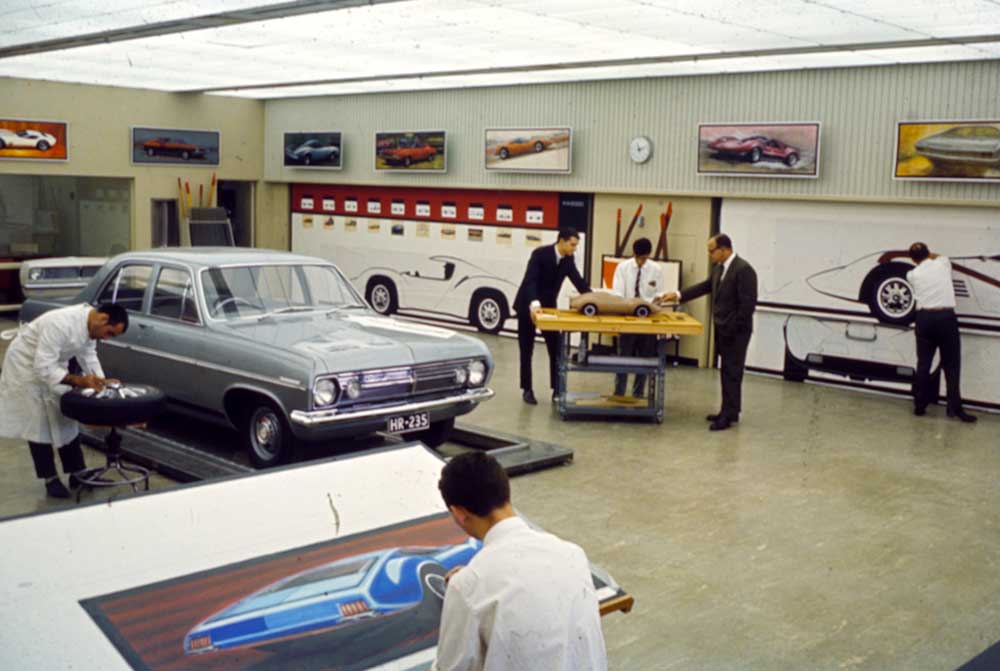
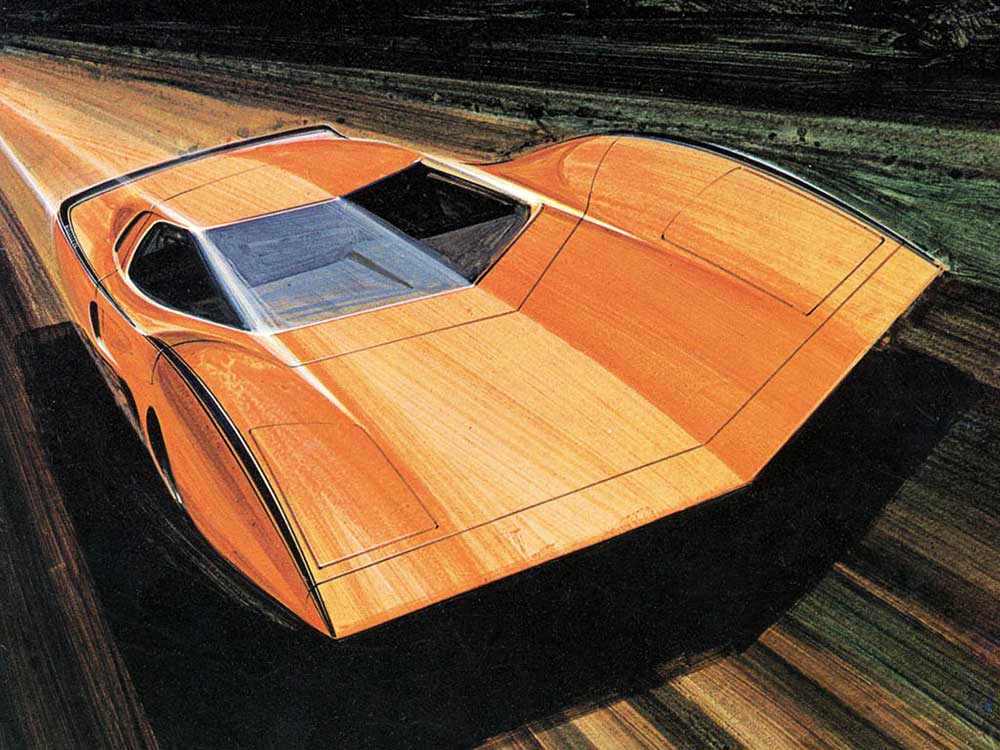
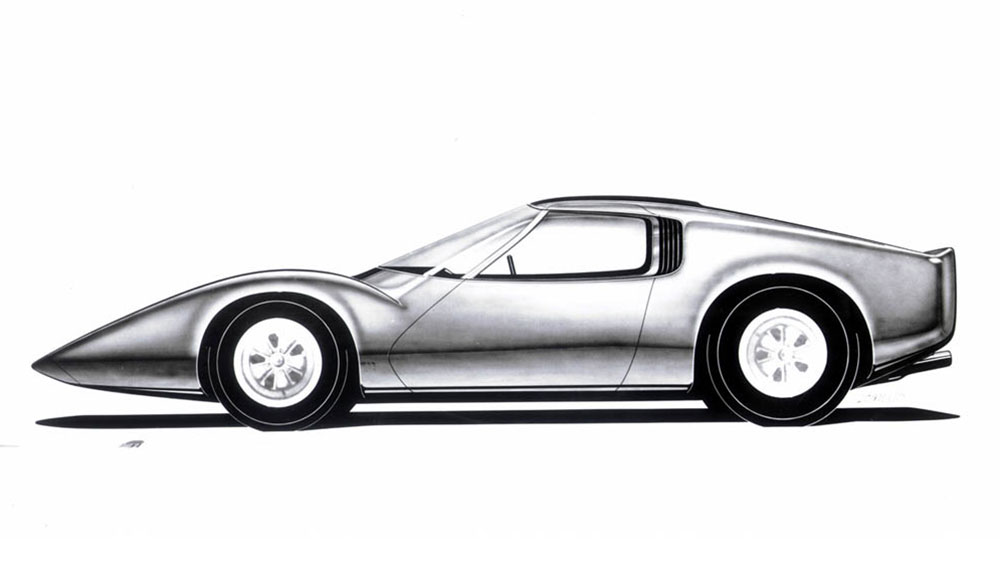
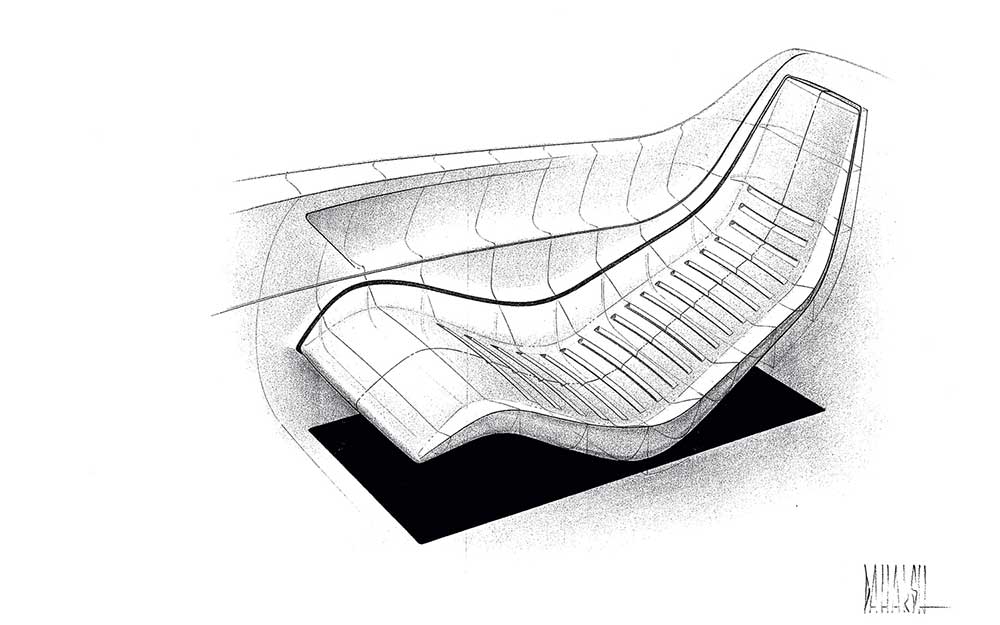
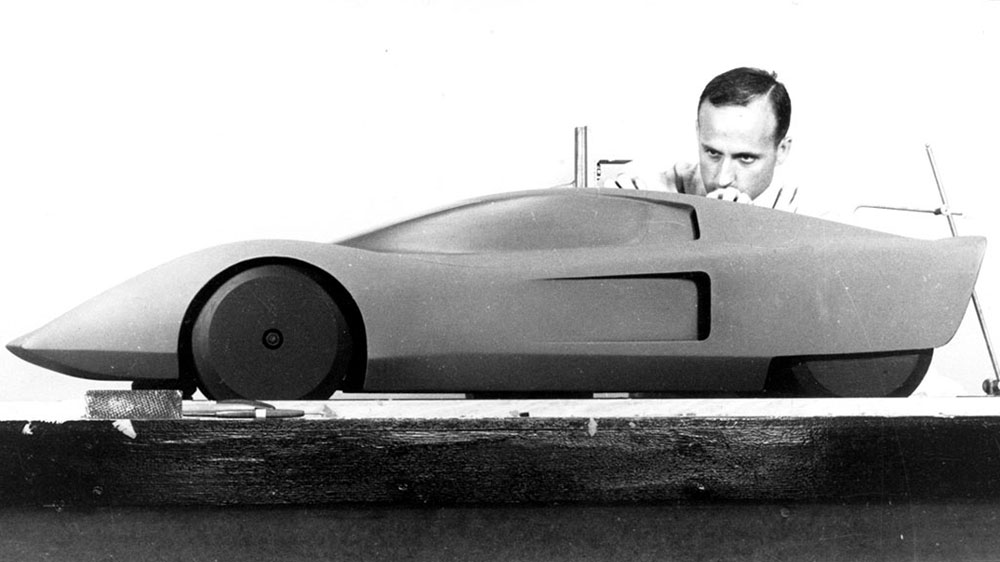
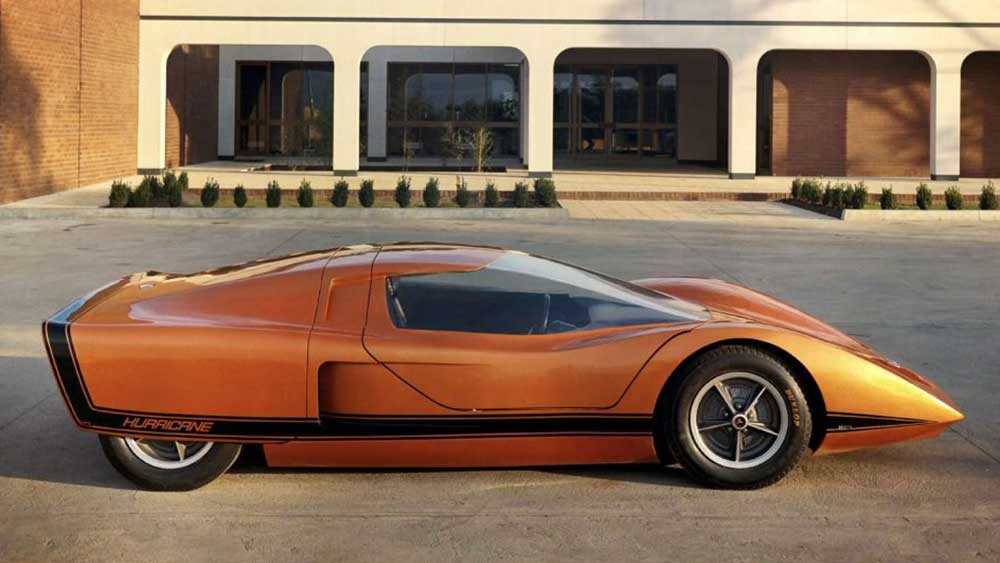
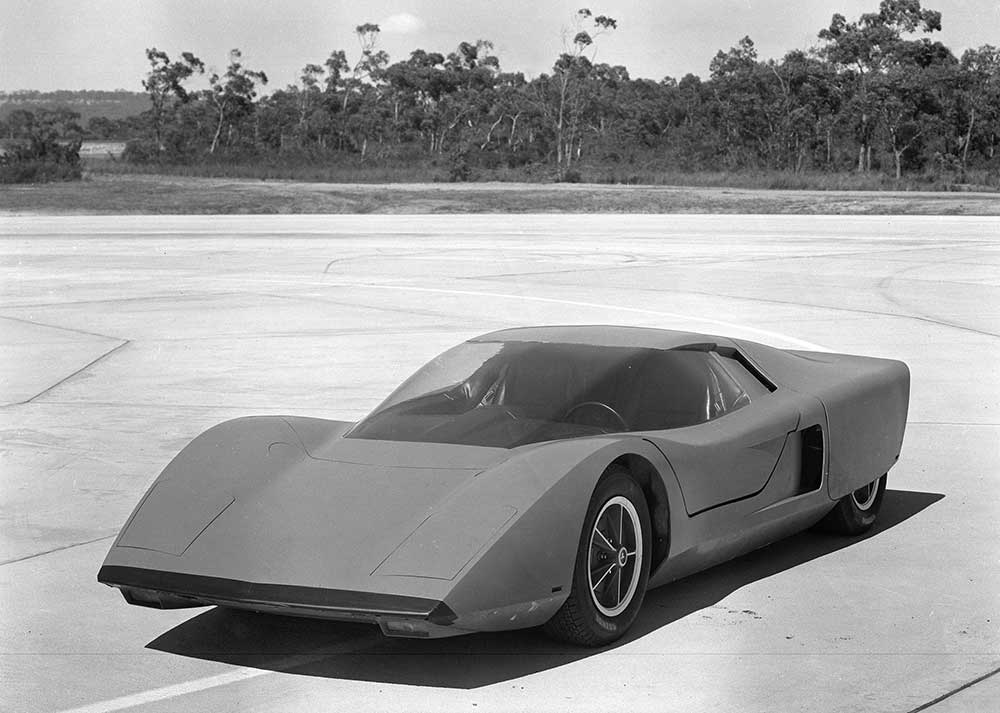
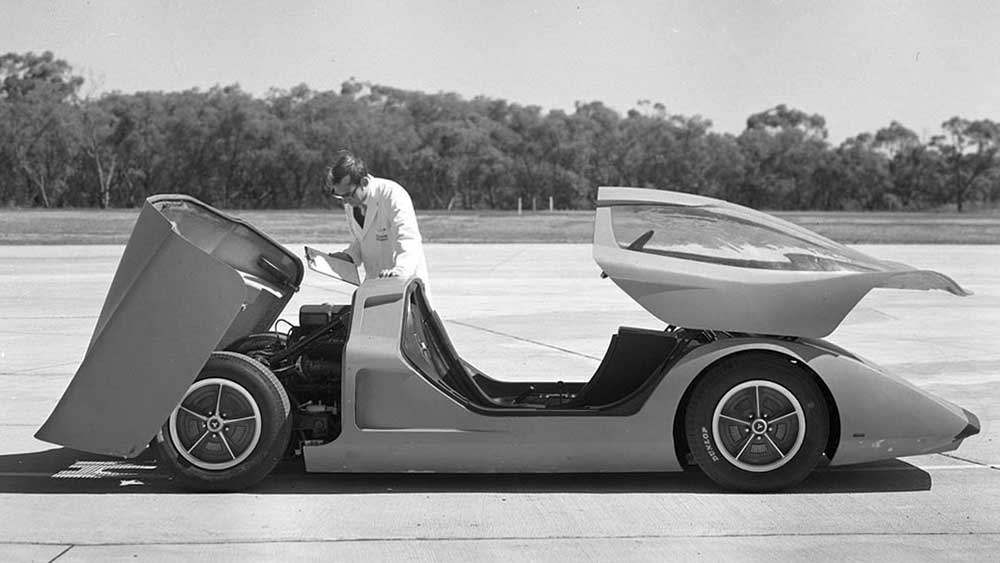
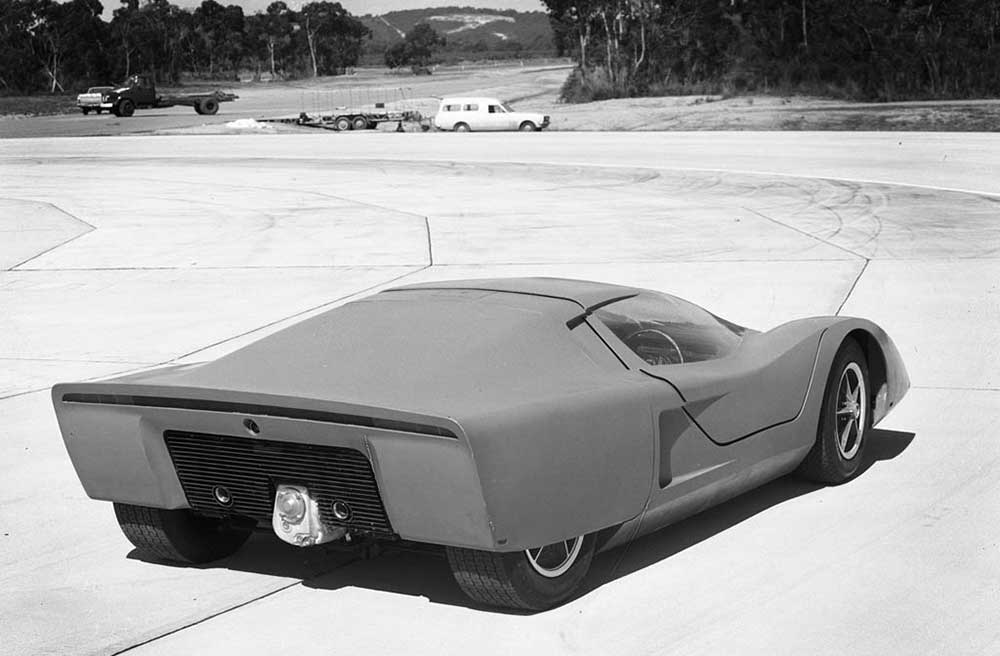
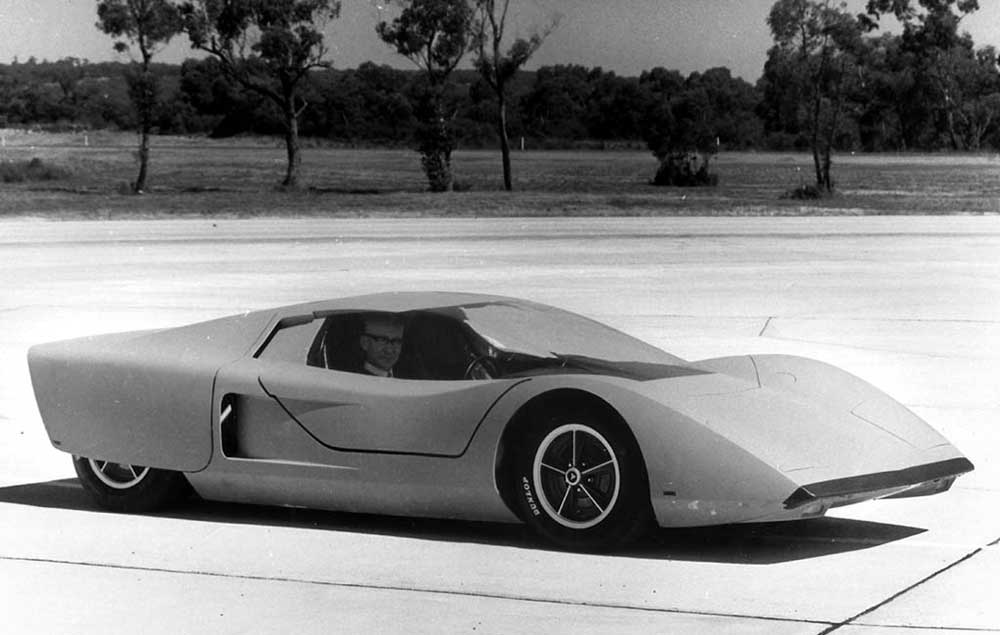
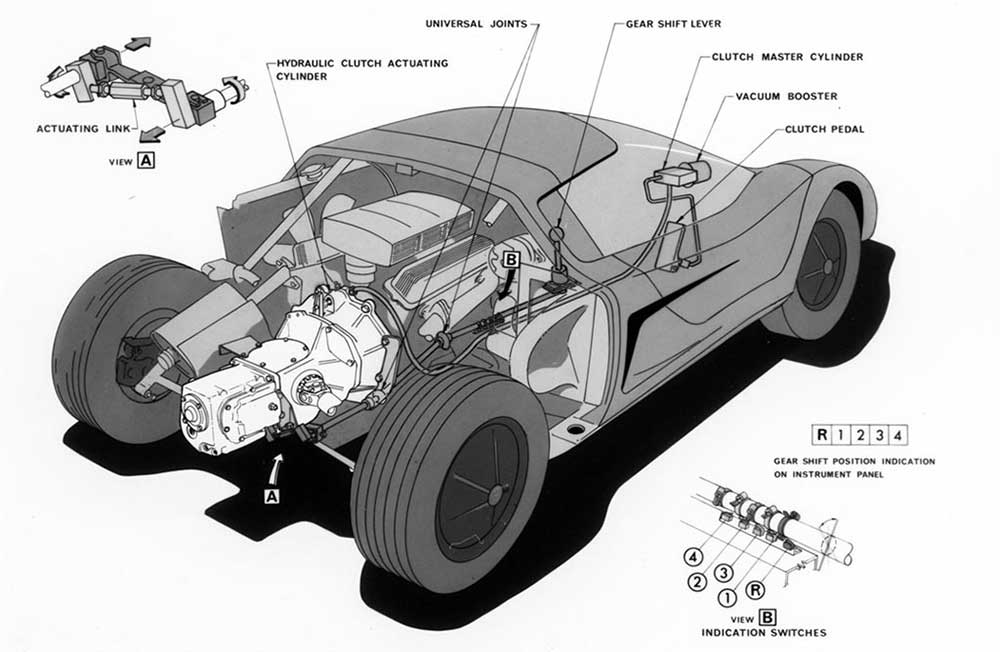
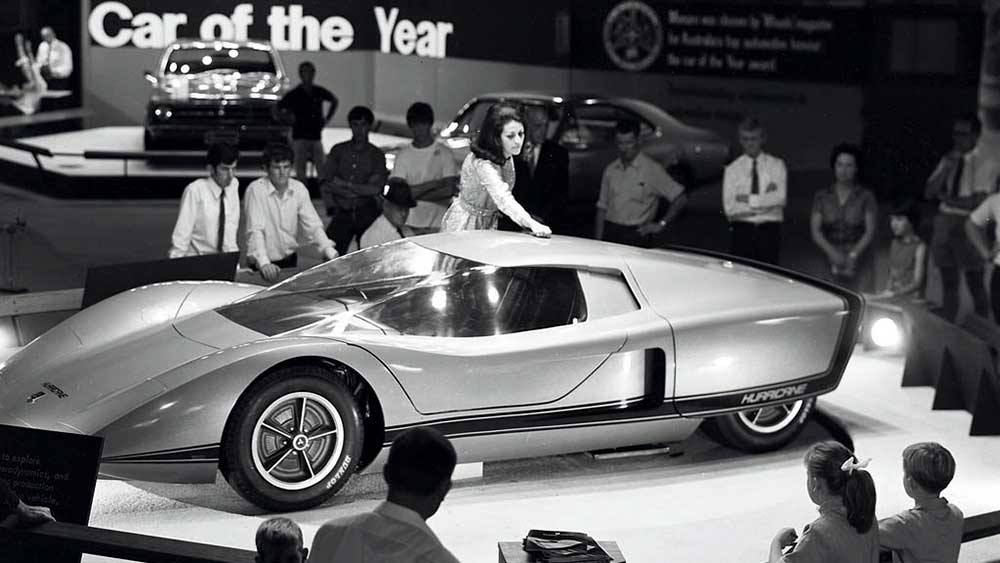
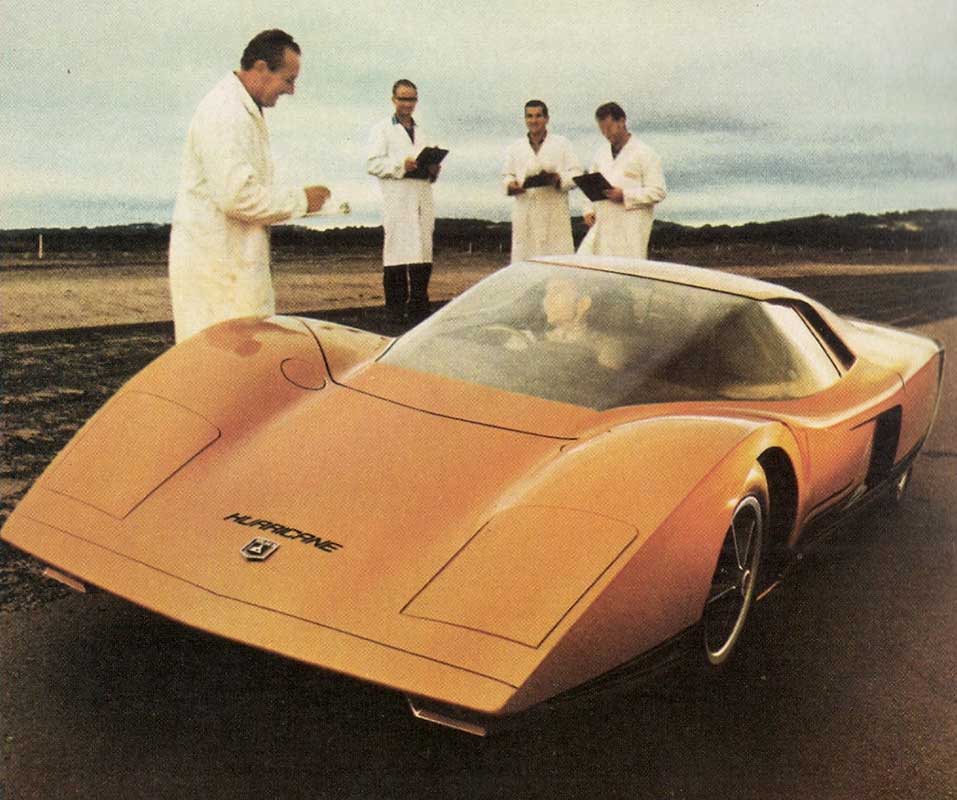
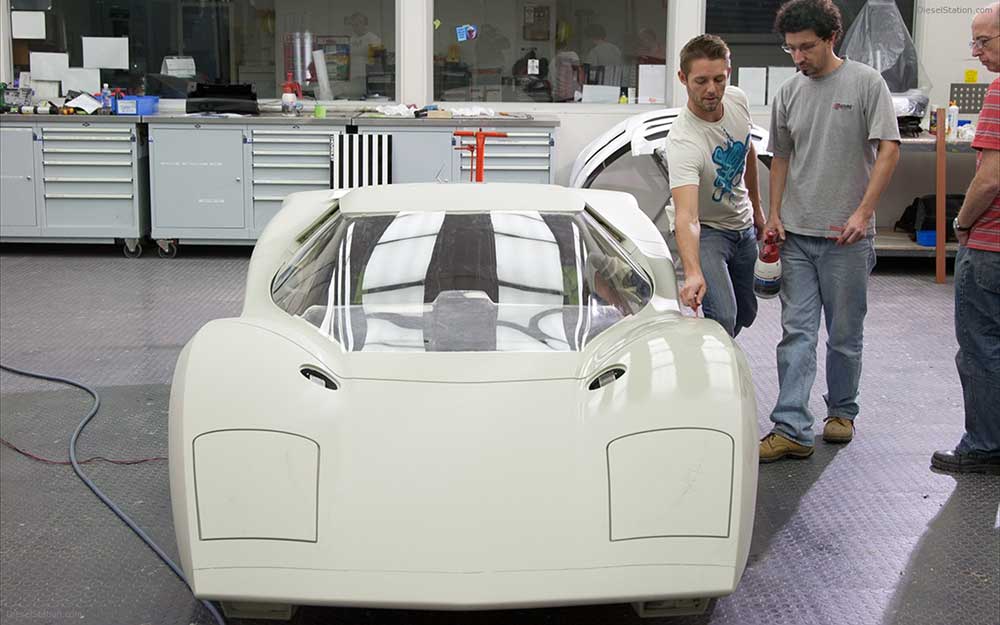
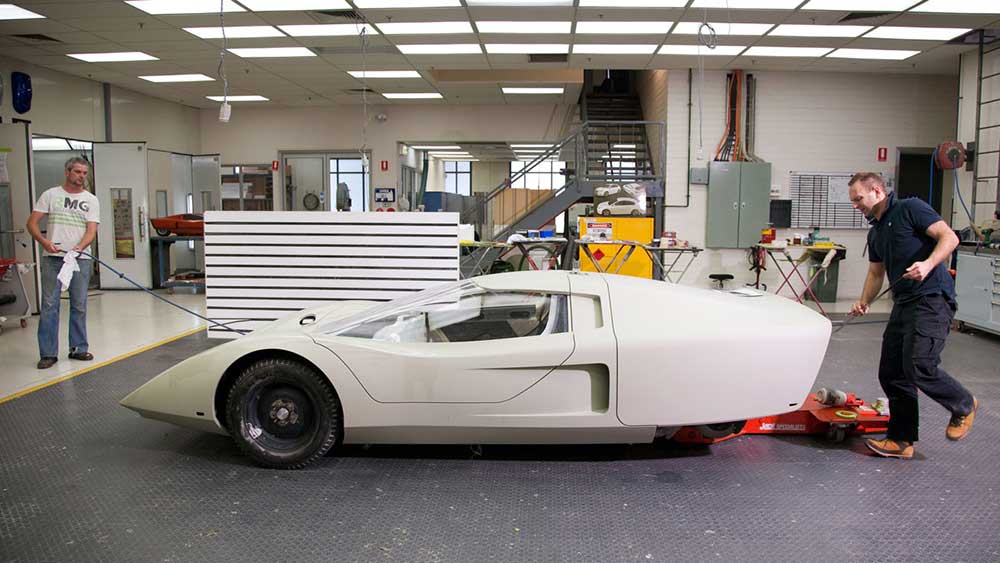
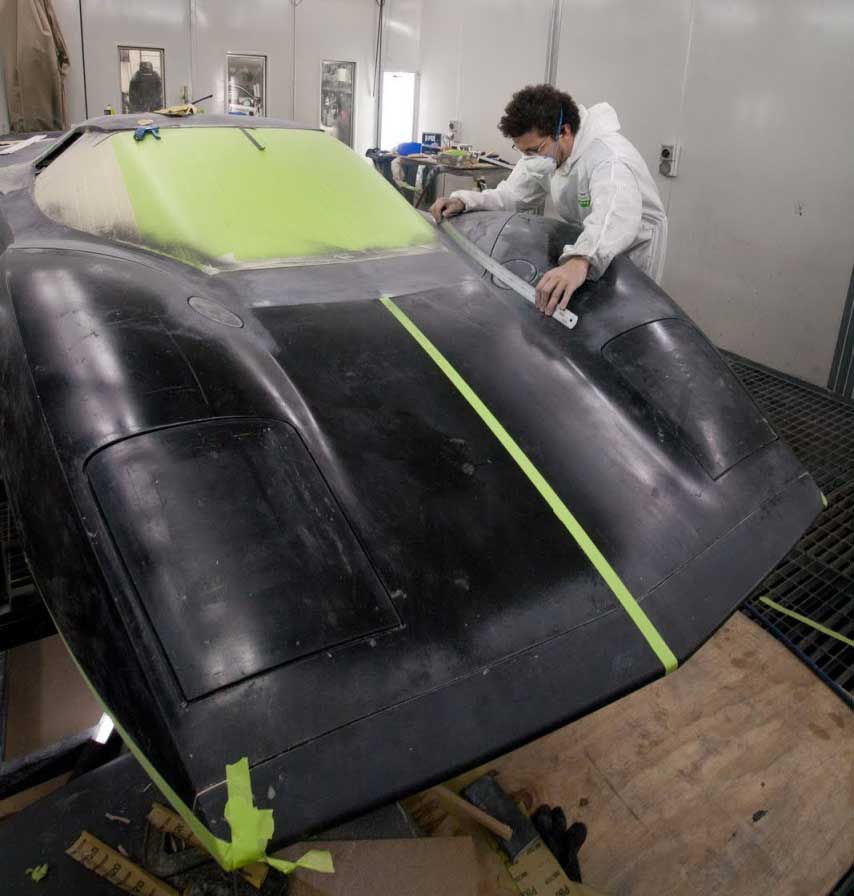
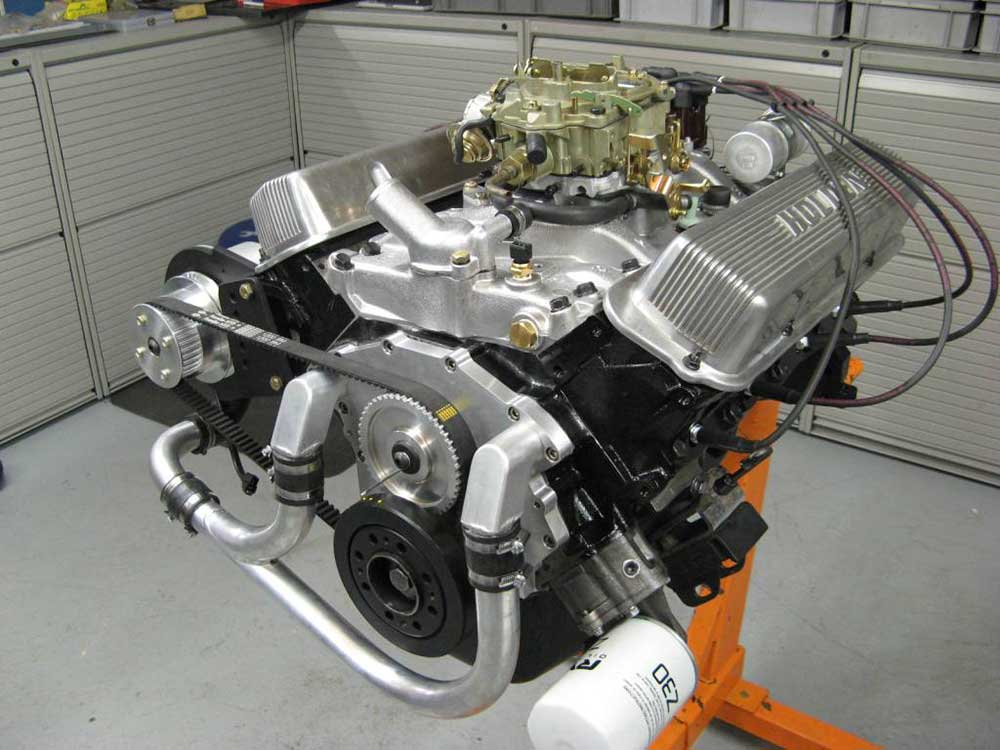
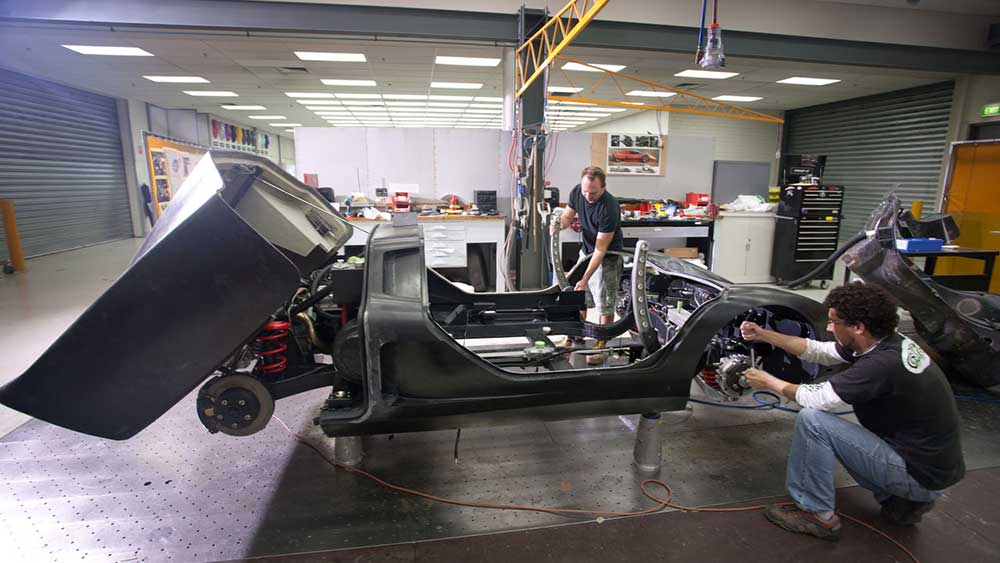
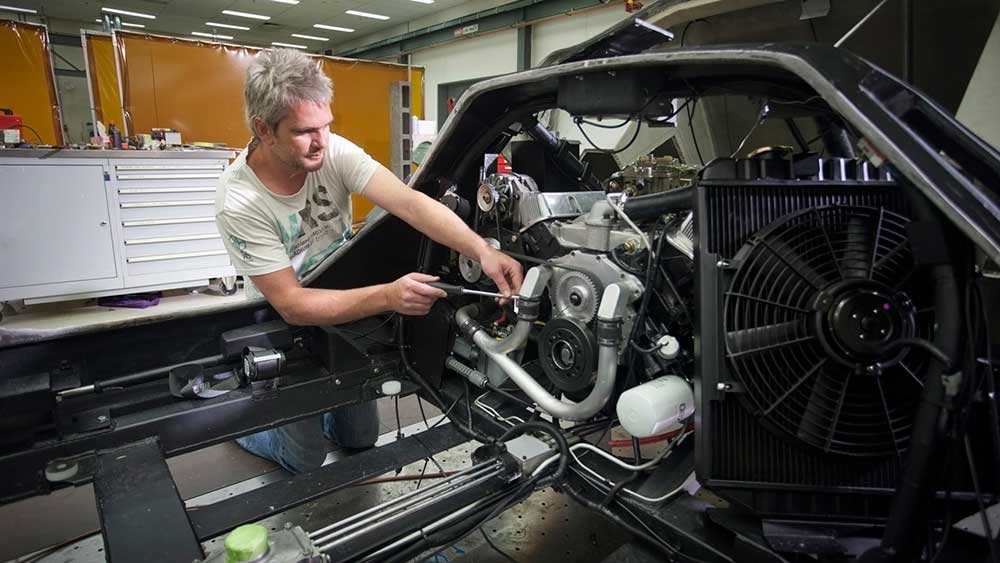
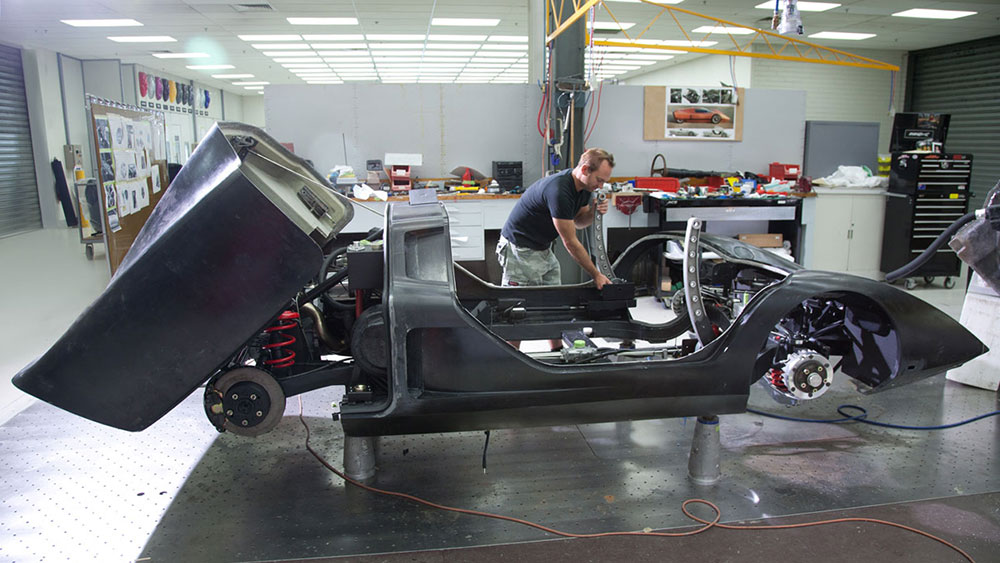
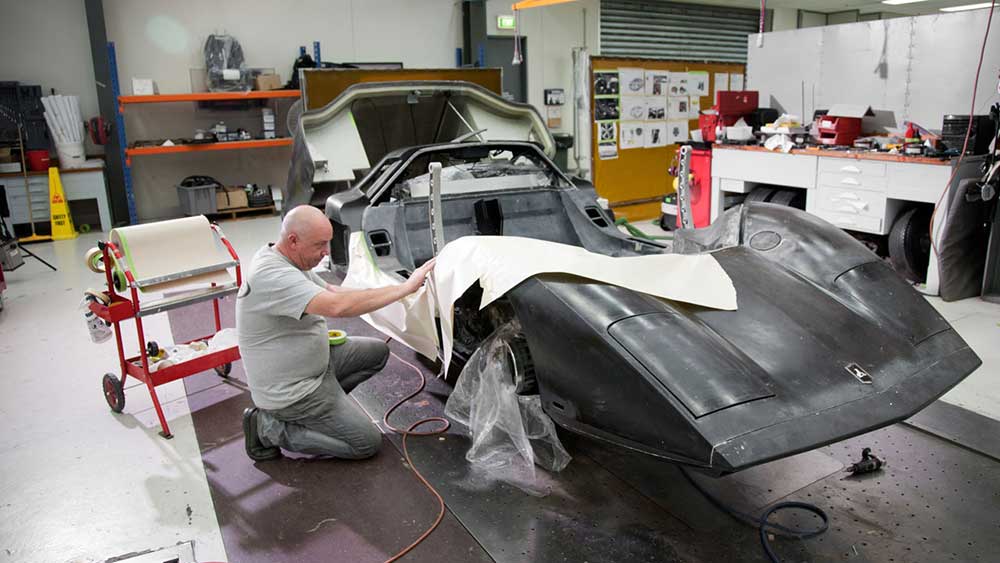
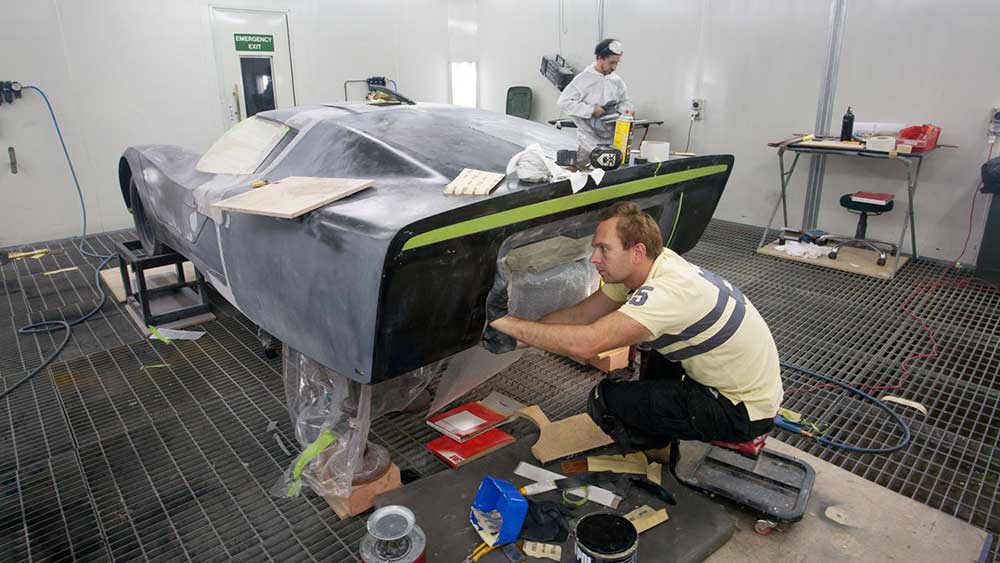
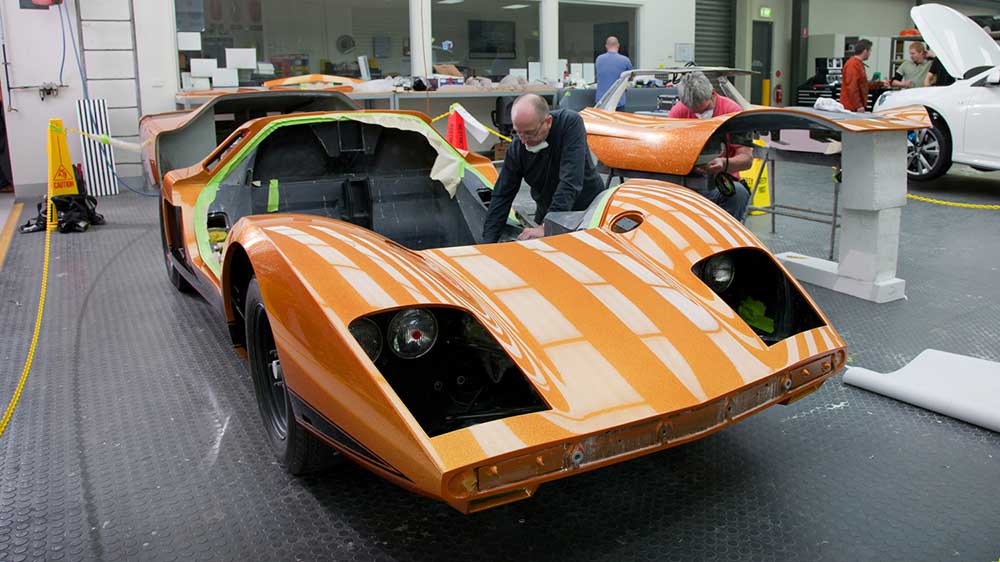
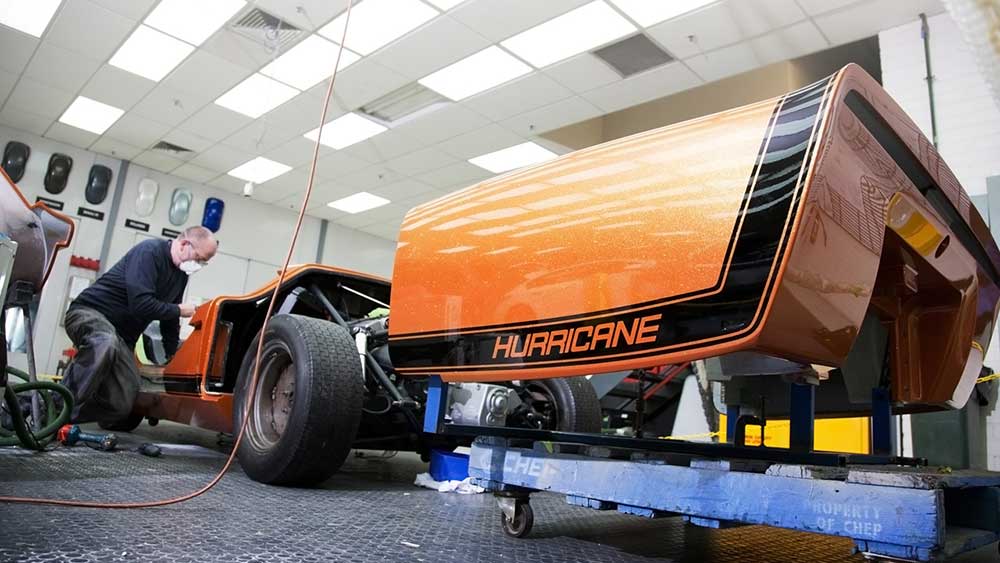
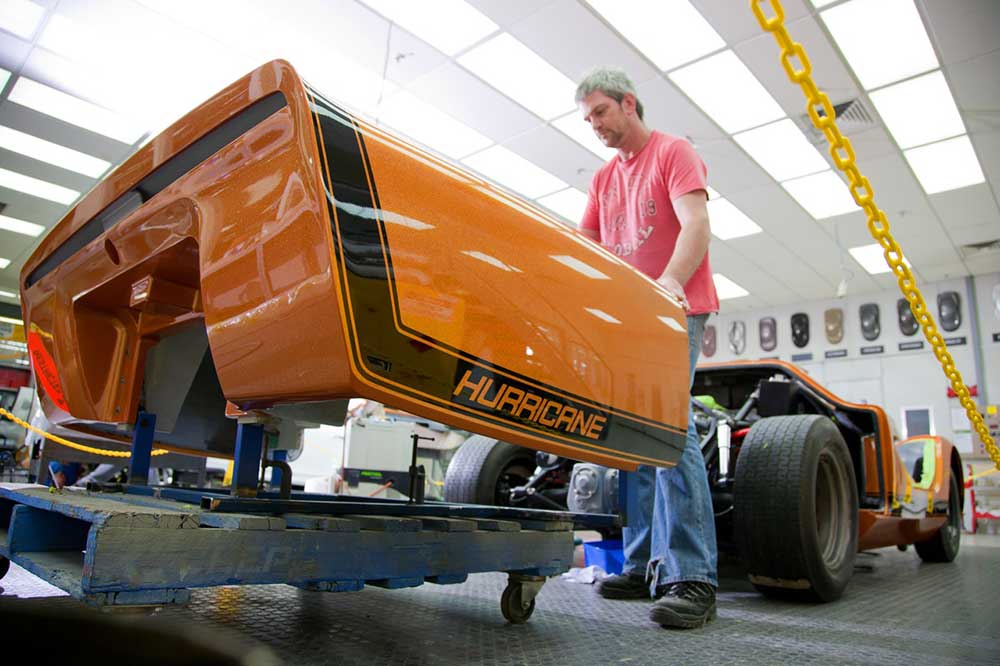
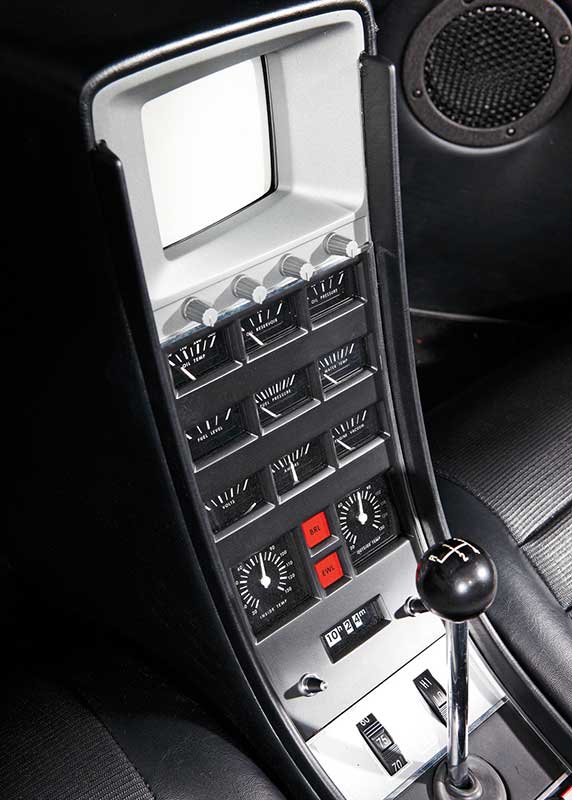
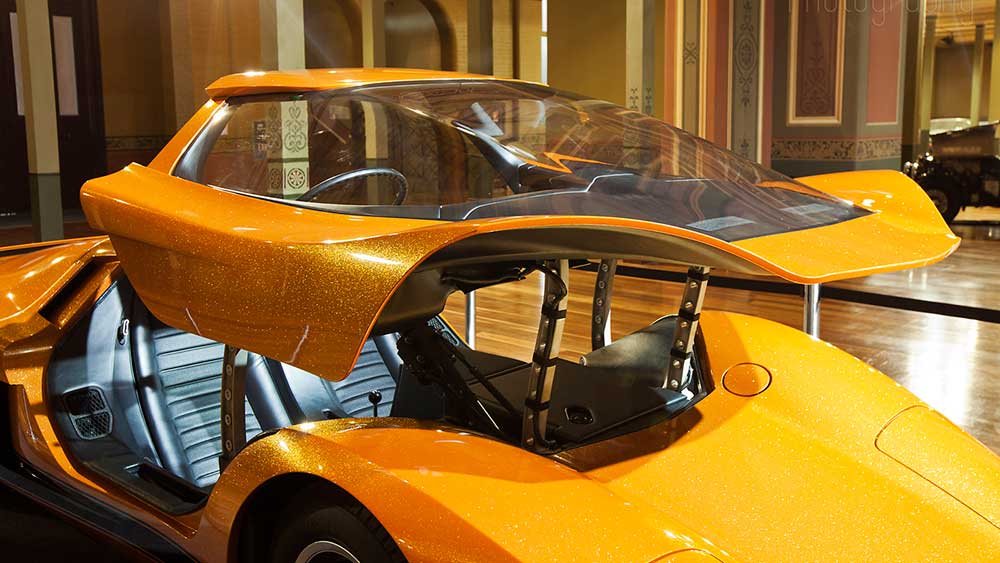
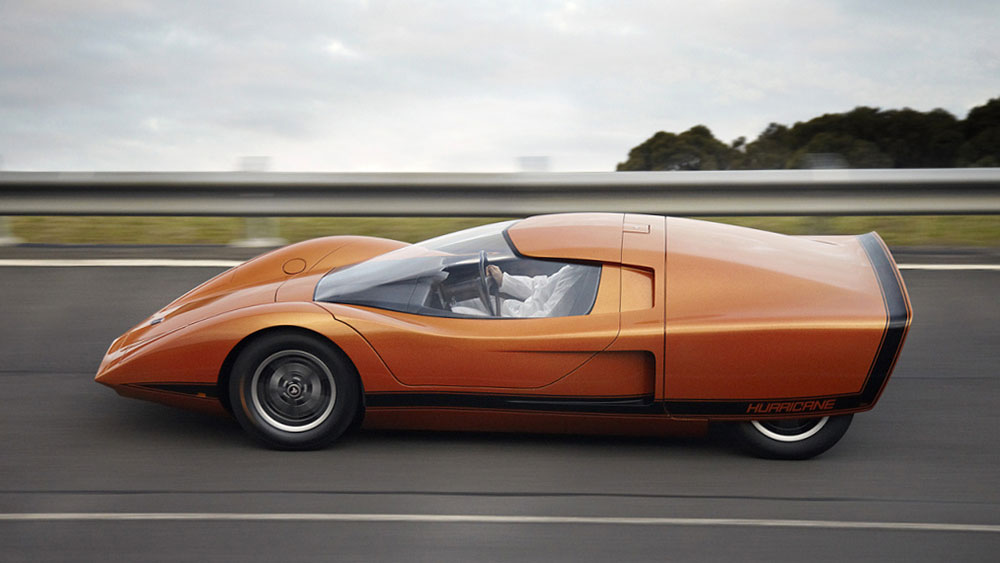


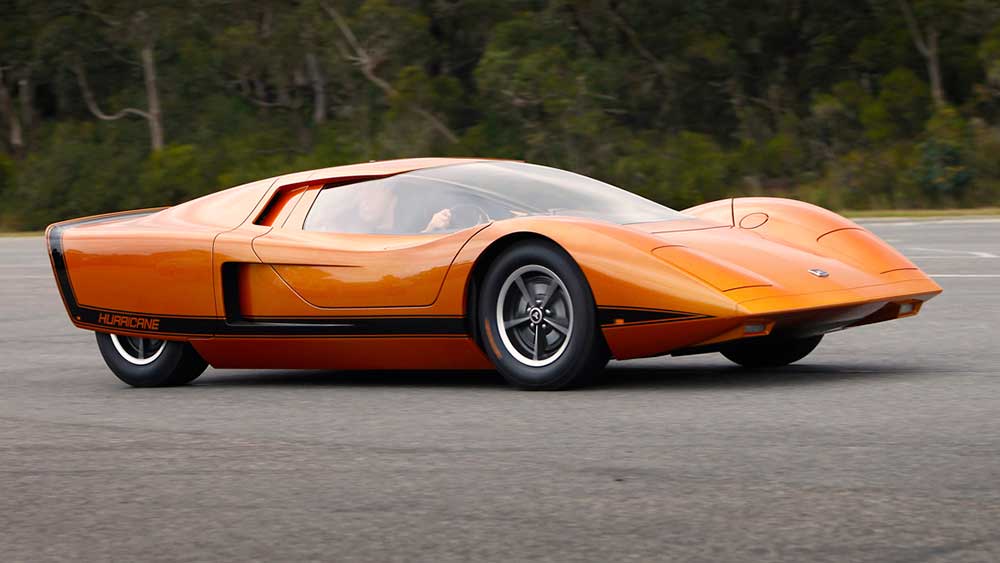
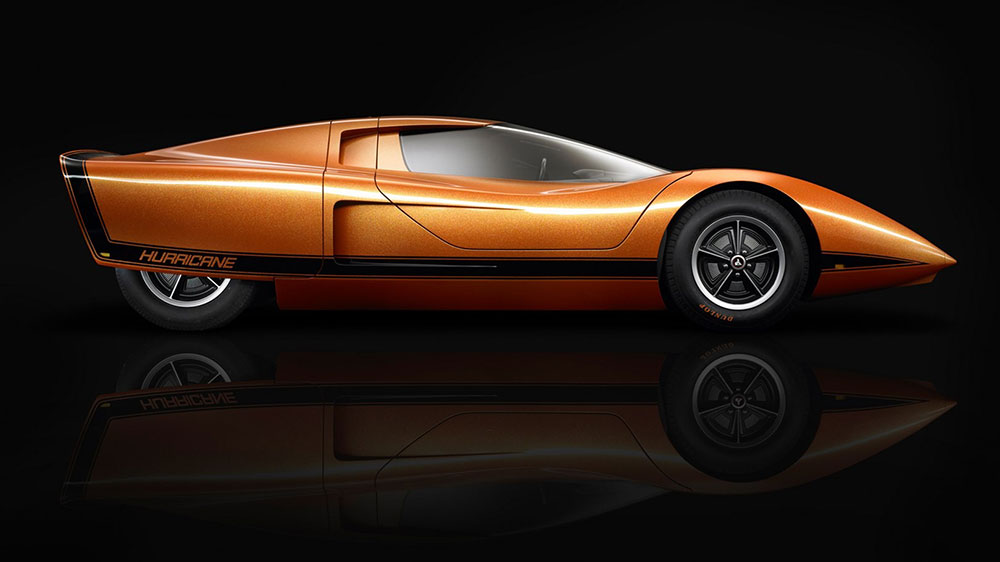
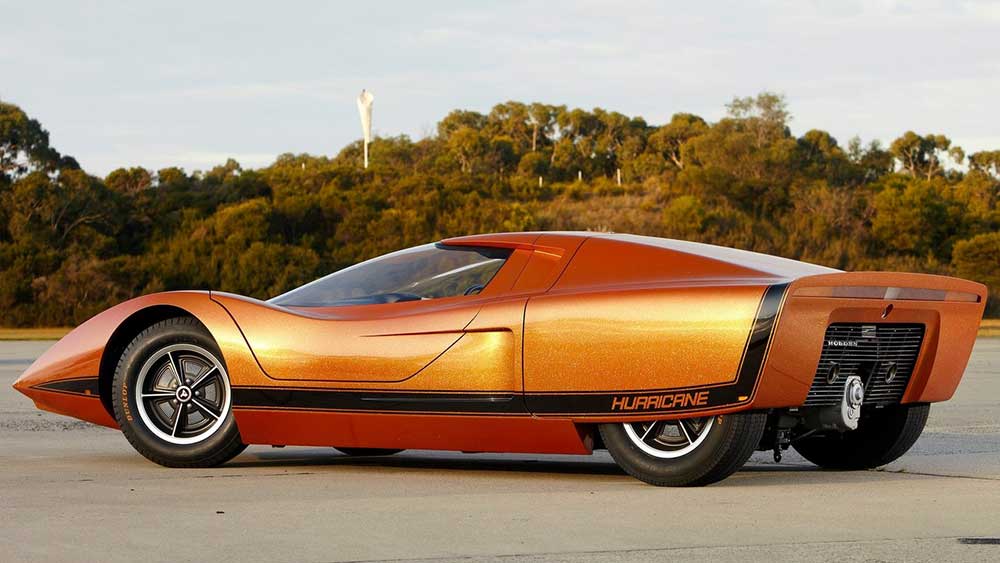
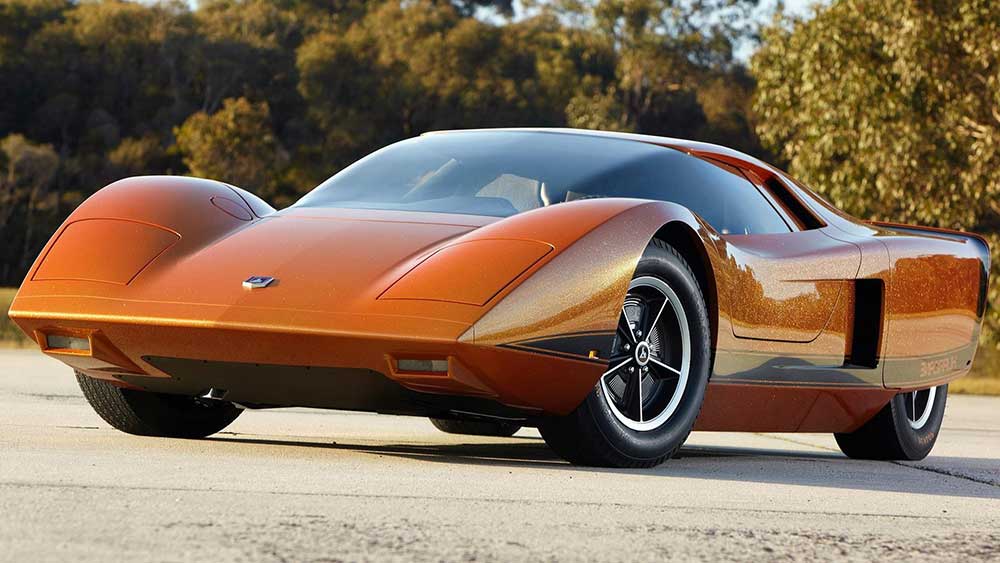
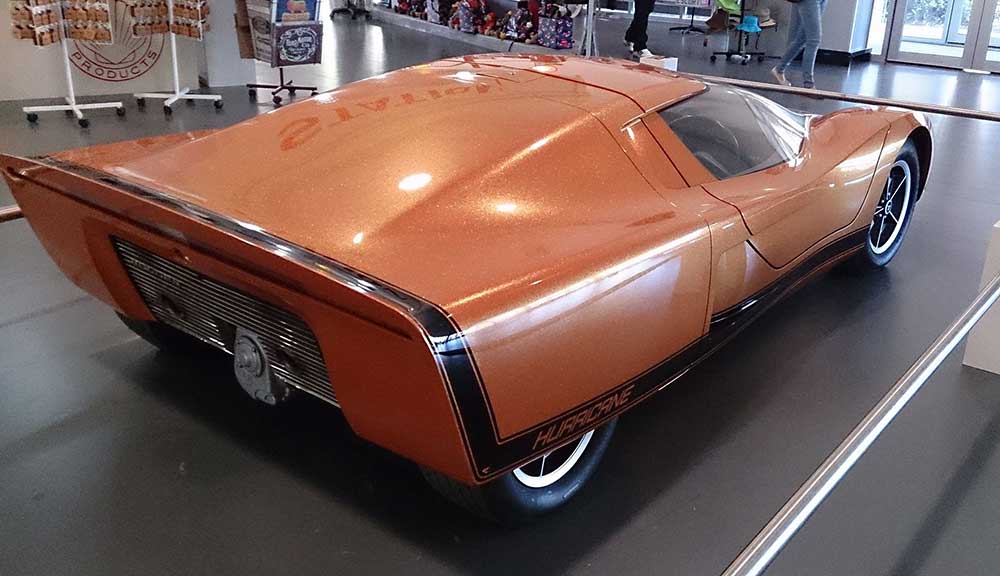

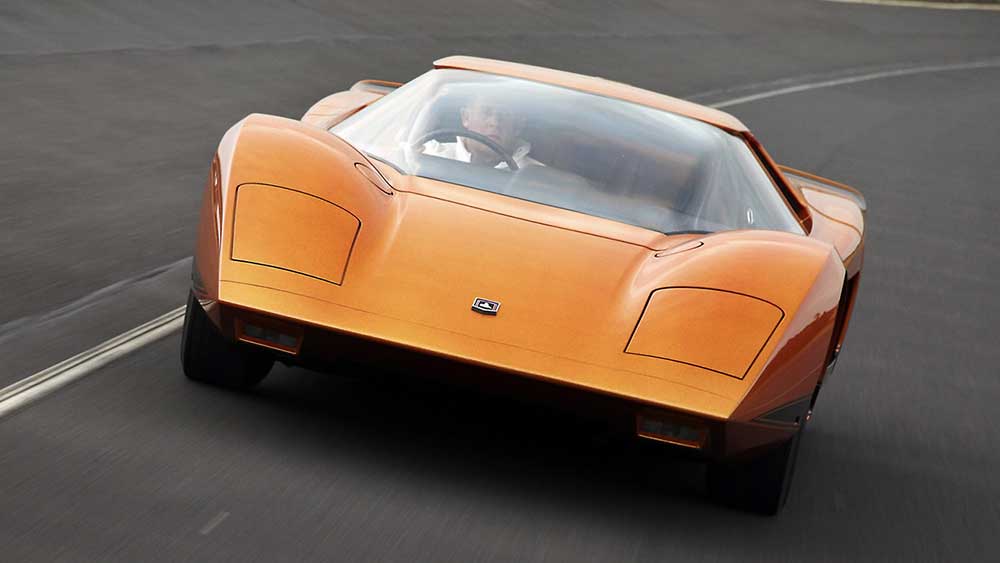
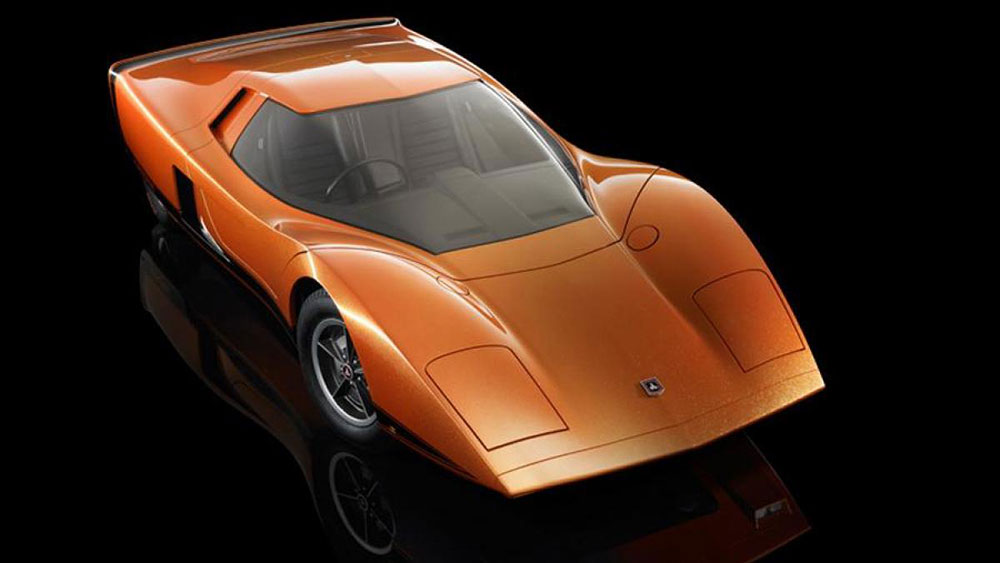
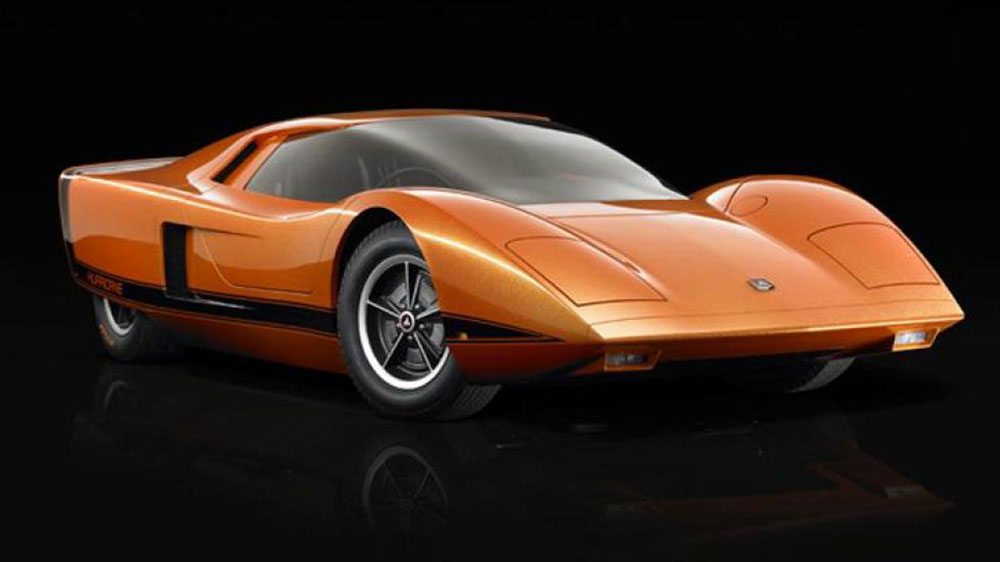
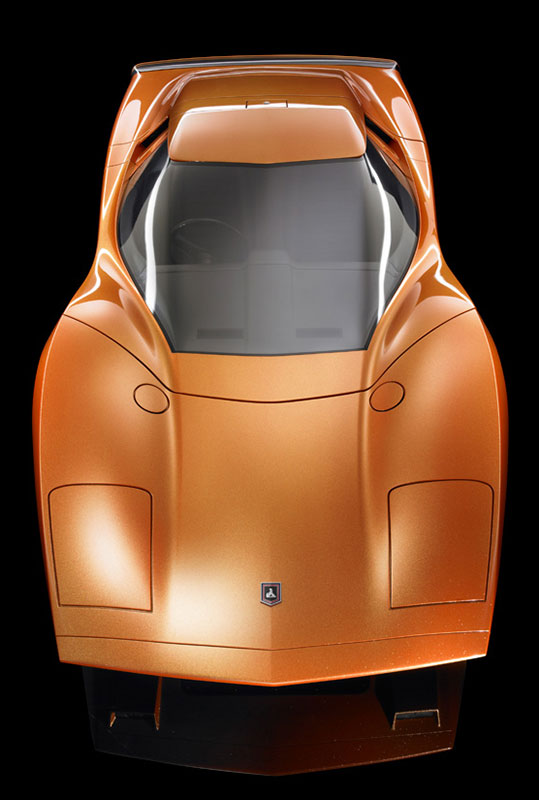
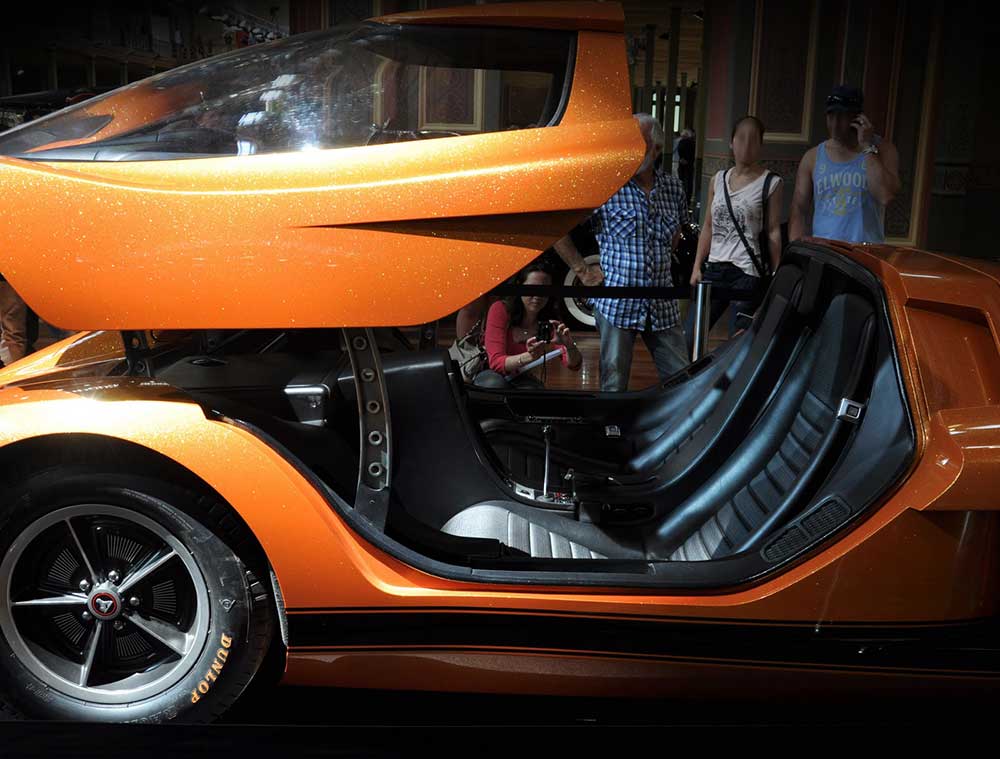
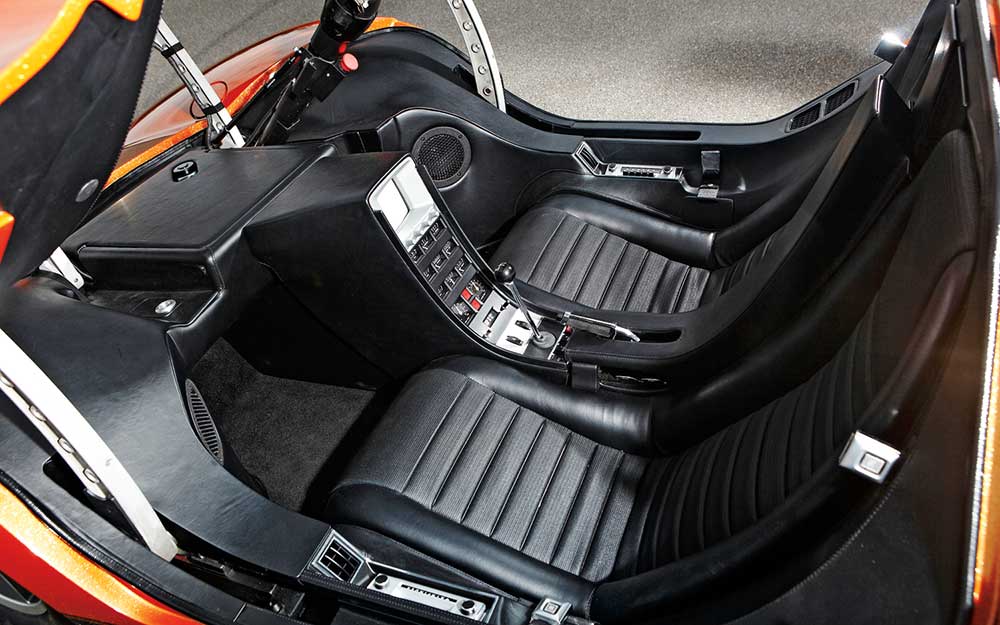
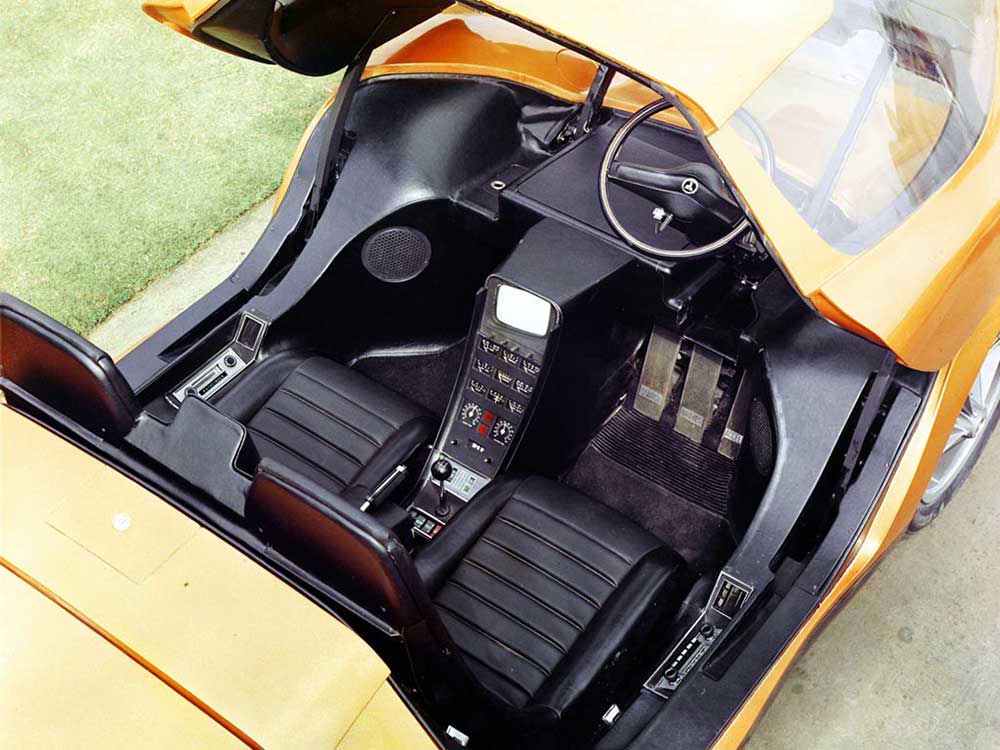
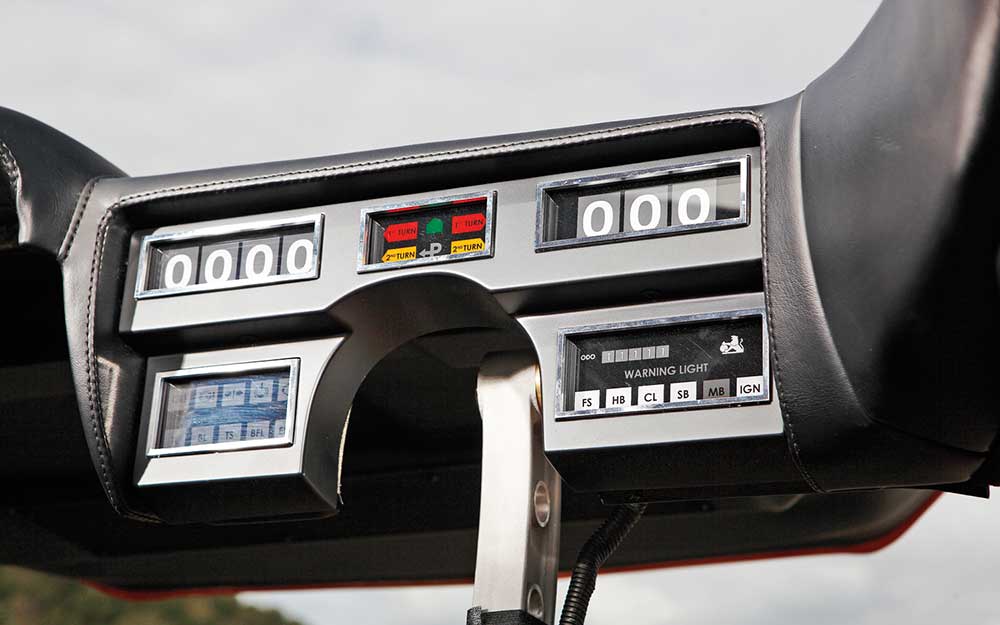
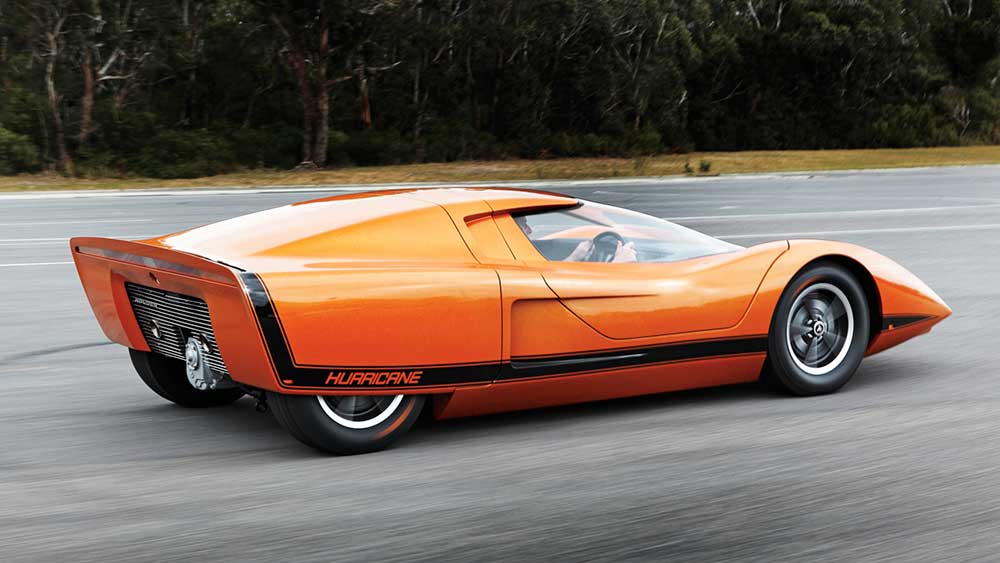
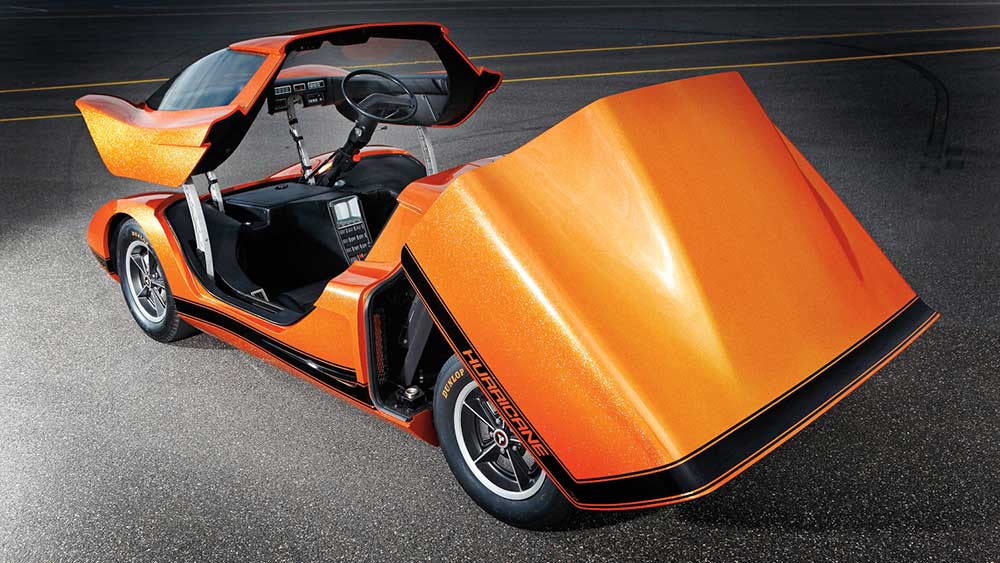
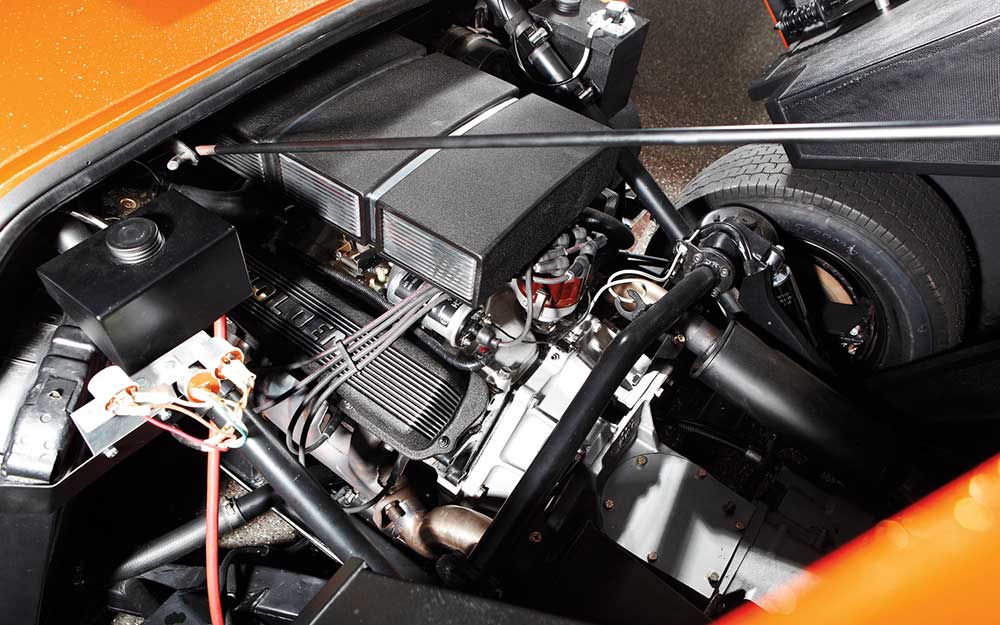
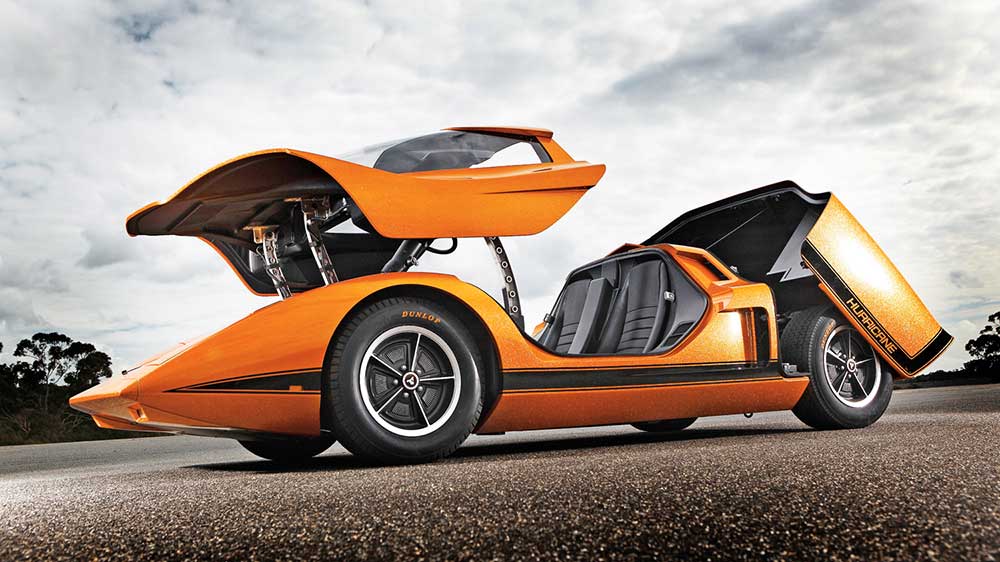
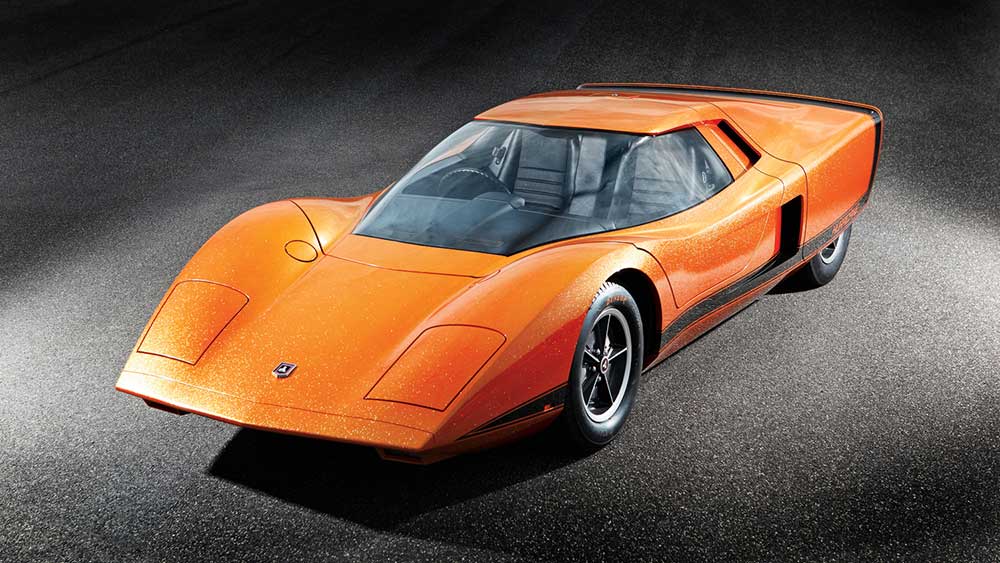
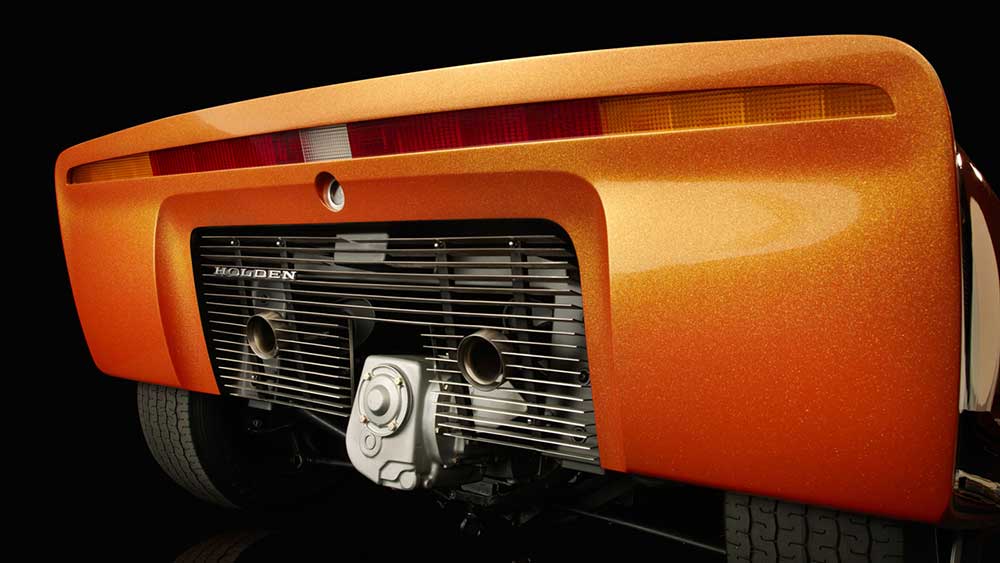
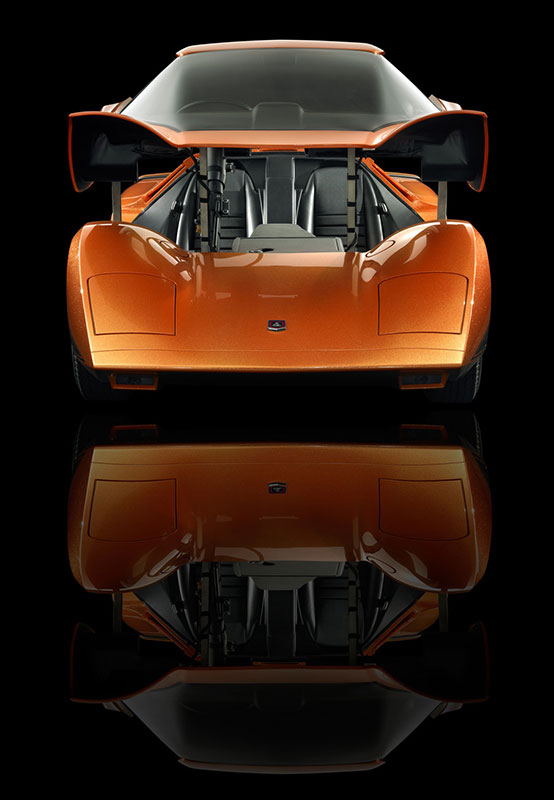
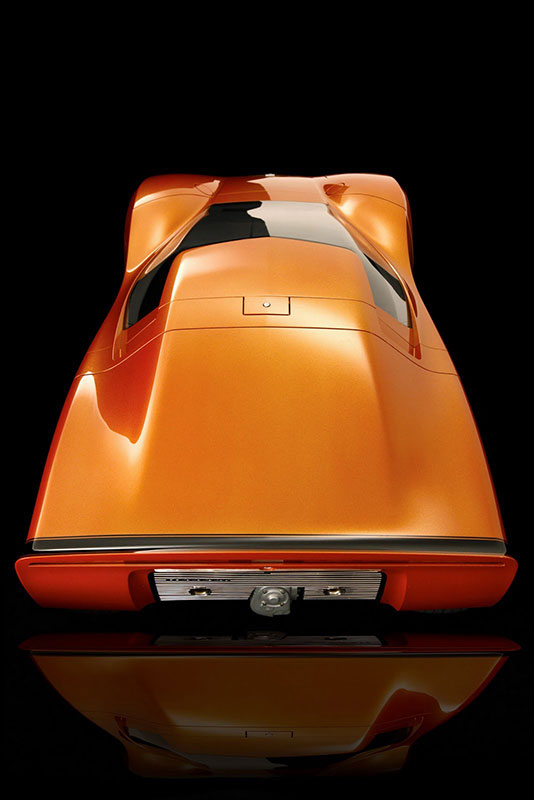
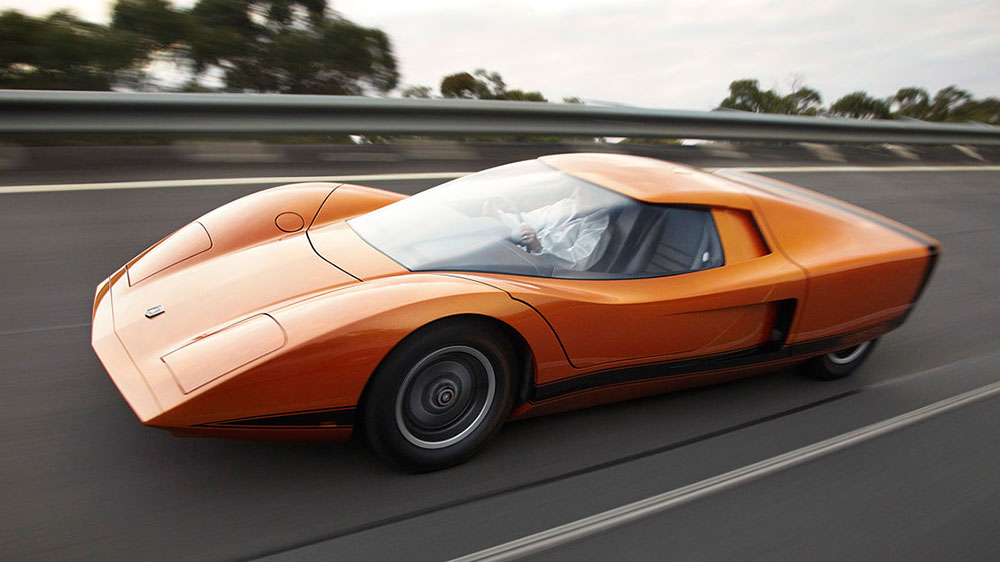
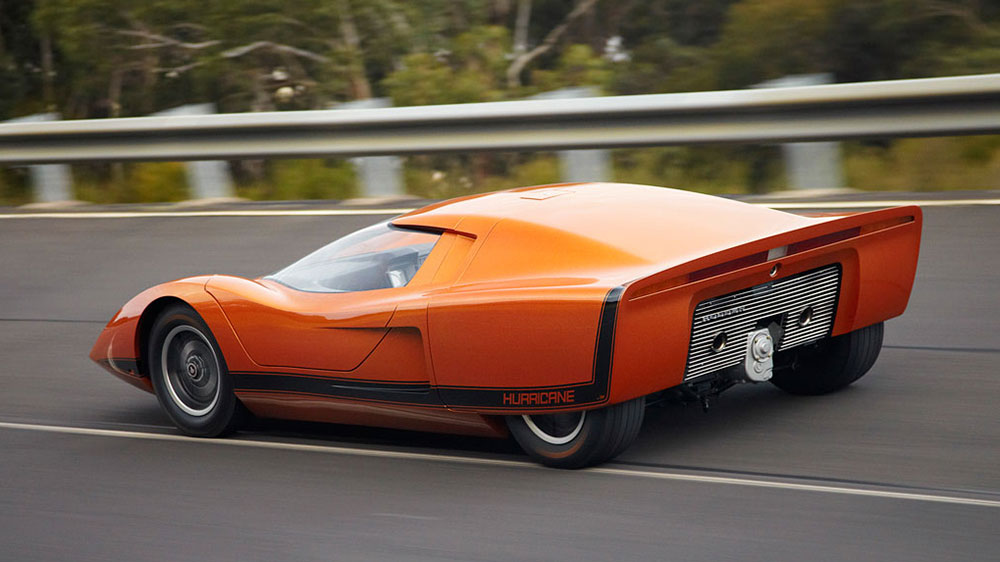
Great looking car. The design holds up well today.
Any details on that V8 engine?
Specifications and more design and restoration details will be in the next post.—Gary